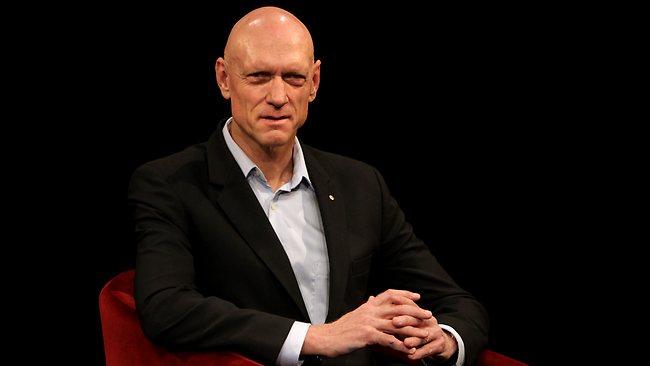For schools, the future is in Asia
THE education system will have to start taking our near neighbours seriously.

NEW senior school curriculums for five Asian languages and teacher education initiatives are among Asia literacy projects funded in the recent budget.
"This is a major, refreshed commitment in Asia literacy, following on from the (October) white paper," said Kathe Kirby from the Asia Education Foundation.
The measures include years 11 and 12 curriculums for Chinese, Indonesian, Japanese and Korean; and a Hindi curriculum from foundation to Year 12, according to new detail from the office of School Education Minister Peter Garrett.
For university education faculties there would be Asia literacy material to prepare future teachers for the study of Asia across a range of school subjects, such as geography and history.
There also would be online training for teachers to show them how to link the study of Asia engagement with their subject areas.
The Australian Institute for Teaching and School Leadership would run an online flagship program for teachers spearheading Asia literacy in their schools and communities.
Another project would promote Asia-related careers and demand for Asia literacy by forging connections between schools, business and universities.
And the Endeavour Language Teacher Fellowships program, which sends teachers overseas for in-country study, would be given a heavier Asia bias; by 2015-16, 80 per cent of fellows would go to Asia, compared with the present proportion of 50 per cent.
"We'll need some new thinking and new ways of teaching if we want to reach our goal of increasing the study of Asian language," Mr Garrett said.
"It's particularly important that we encourage greater take-up of Hindi given India's growing economic and regional importance."
Hindi is a minuscule language in Australia's education system and its adoption as a priority language in the white paper surprised some commentators.
Ms Kirby said the seven Asia literacy projects set out by Mr Garrett's office struck the right note with an emphasis on new resources and professional learning for teachers.
She especially welcomed new training for primary school teachers in better approaches to teaching Asian languages.
"We know that often in primary school, languages are relegated to a brief period each week," she said.
Mr Garrett's office costed the seven projects, which form part of the Gonski reforms, at $15.2 million across four years.
The minister's spokeswoman said she could not give full details of the funding because this was yet to be finalised in talks with education agencies and state authorities.
The white paper promises that, by 2025, every school pupil will have the opportunity of unbroken study in one of four Asian priority languages: Chinese, Hindi, Indonesian and Japanese.
"It's now going to be up to the state authorities to determine their level of investment to achieve that aspiration to provide every student access to an Asian language," Ms Kirby said.
Murdoch University professor of Southeast Asian studies David Hill said the new detail was encouraging but it was not yet clear how the ambitious 2025 target could be reached.
"I'm concerned there's not actually much happening on the ground at the moment," he said.
The Rudd-era National Asian Languages and Studies in School Program, worth $62m from 2008 to 2012, was coming to an end. The budget shows spending of $461m in 2012-13.
"We've got NALSSP initiatives which have withered and died waiting for something to succeed it," Professor Hill said.
Mr Garrett resisted calls to extend NALSSP, arguing it exemplified a failed attempt to solve the Asian languages problem by boosting supply rather than demand.


